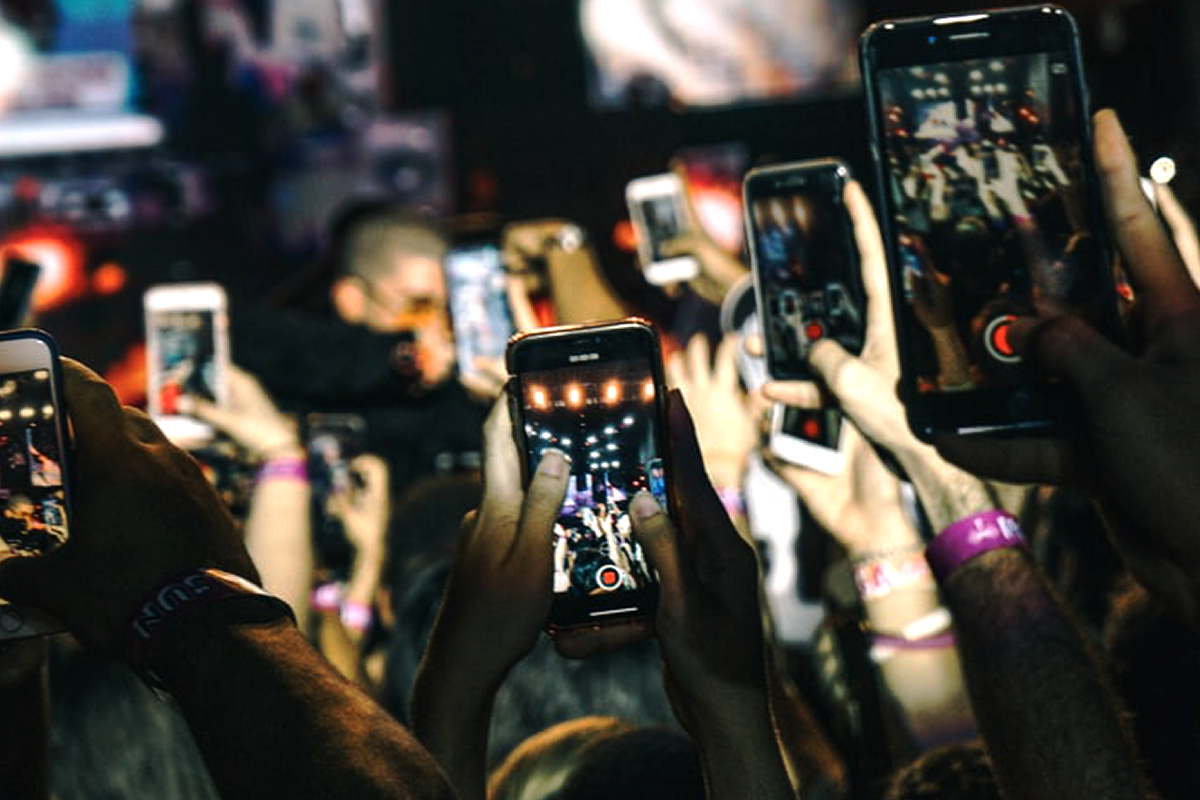5G - The world of networks
"On the list of game changers, 5G may be a new entrant but make no mistake it really is going to change everything.”
"Those who are visionary enough to seize these changes likely have enough foresight to know that they would achieve their goals quicker with a mature technology partner who knows the industry and can see the trends before they become a reality. "

A bit of history as to how we got to this point is essential to understand how it is going to change everything going forward. It all started with the first ever public call made from a mobile phone in 1985 made by Martin Cooper, a senior engineer at Motorola. In what could be the greatest power move of all time, he made the call to a rival phone company to inform them that he was actually speaking from a mobile phone. He made the call with a prototype device, a prototype of the DynaTAC model which wasn’t to be released to the market for another 10 years.
For the really pedantic, there technically were mobile phones before this as the mobile phone goes all the way back to 1908 when a patent was issued in Kentucky for a ‘Wireless Telephone’. Realistically, it was closer to a Walkie talkie than a phone but I would have it said that I am not thorough.
In 1992, the first ever text message was sent by Neil Papworth simply saying “Merry Christmas”. It was until 2003 that the first ever 3G contracts were sold in the UK. 2003 also marked the first year that the 3G standard began to be adopted globally. The goal of 3G was to deliver faster data speeds on mobile technology. To be considered 3G and meet the official standards, a network is required to offer data peak rates of at least 0.2MB/s, otherwise it would not meet the classification for 3G. 0.2MB/s was all it took in 2003 to be considered cutting edge high-speed internet.
It was another 6 years before we took a leap forward into 4G where O2 demonstrated a 4G network connection using Long-Term Evolution (LTE) tech installed on six masts in Slough. This was only a demo though proving the concept. 4G delivers a staggering 60MB/s, a 3,000% increase in speed. The first 4G contracts became available in October of 2012 in the UK with EE offering coverage in 11 cities across the country. By 2016, this coverage had extended to 99% of the UK population.
EE launched the first 5G with prices starting from £54 per month on May 2019. Now, 5G promises to deliver speeds of over 300MB/s. A 500% increase in just 7 years, but that’s on the low end just to qualify, some providers are suggesting that the 5G at full tilt will be delivering speeds of up to 100GB/s, a whopping 100 times faster than the current 4G network. That is some serious bandwidth; and really that’s exactly why there has been so much hype over the 5G roll out: Bandwidth.
100GB/s is a HUGE amount of data. This is crucial to understand because this is more data than any consumer has ever really been able to experience, there isn’t really a benchmark to help us understand. If you have a 1TB Hard drive in your computer that was completely full and you were to download it onto your phone via 5G, it would take 80 seconds. In about a third of the time, it takes to soft boil and egg you can transfer an entire computers worth of data.
The 5G roll out could well have as big of an impact as broadband internet had for people moving from dial up. Broadband enabled tech giants like Youtube and Netflix to deliver HD video content directly to your computer, while 5G is going to allow companies to deliver holographic video calls right to your device.
On the 20th September 2018, Vodafone made the first ever Holographic video call using 5G technology. This demonstrator was a huge milestone. High bandwidth data is the backbone of technology and as I write this today, I sit entirely in ignorance of the incredible things that have not even been conceived of yet that will only be possible because of this technology. I will however, tell you of just a few technologies that we entirely bottlenecked by current speeds that once the floodgates over for 5G will be able to finally make their way into the market.
Firstly, Remote Robotic Surgery. Currently, latenacy for remote surgery is such that a doctor cannot successfully remotely control a robot without being an unacceptable chance of irreparable and potentially fatal harm. With 5G data speeds near real time, feedback could be possible allowing doctors to operate from anywhere in the world on anyone in the world regardless of the distance. 4K Gaming on the move would also become a reality with very low latency being achievable for everyone as 5G has an estimated latency of <1ms. Self driving cars are also incredibly reliant on high bandwidth data in order to communicate with external control systems. Currently, vehicles are reliant on computing on the edge, but with high bandwidth data would be able to be centrally controlled and monitored by supercomputers. Live VR sports streaming would also be possible allowing you to be (virtually) physically present at sporting events watching from anywhere around the pitch or maybe even within the pitch itself from the players perspective.
With such transformative technology, it is likely that the biggest impact will be on business, or rather, on how we do business. The physical devices people use by and large will not change. At least, perceptively the devices are the same. They just have a different antenna. So, to the consumer, the value will no longer be in the device ,but rather the service that the device delivers.
We have already seen Software As A-Service (SAAS) and Product As A-Serie (PAAS), but what we could be moving into is Content As A-Service (CAAS). Okay this is not an ‘official’ term or anything so please don’t google because I promise if it is real, I am absolutely using it out of context BUT I need a way to explain that how we interface with products is going to change.
We have already seen companies move towards subscription models and if I were a betting man, this new 5G revolution in that regard will be much the same, but, what those fundamental services are will be so radically different that it is going to change our association with physical products.

Many IoT companies are finding that it is better to give away the physical devices for either cost or even as a loss leader (free or for a loss) because the device itself has far less value than the service it delivers which is what the customer is really buying. A great example of this was the Amazon Kindle Fire. Amazon purposely sells the Kindle Fire for a loss because they make so much more money on the media you consume, be it from films and tv your buy from the Amazon Fire store, or from shopping on Amazon directly through the device. They make so much by keeping you in their ecosphere; the cost of you being on any other device makes it that giving you the device for practically nothing is far more valuable, as the services that are enabled by 5G become more and more valuable physical devices will likely tend towards this.
The real winners are going to be those who are visionary enough to capitalise on this rapidly changing market today in order to become dominant as the technology matures and people wake up to the fact that data by volume is going to go through changes that we have not seen to date.
This is probably a bitter sweet for consumers because one hand physical devices will drop in price drastically, so your TV, phone, VR headset, really any consumer electronics that are a data pipeline will tend towards cost of manufacture or less. However, the downside is that the number of subscriptions necessary will likely increase, so whilst your bulk expenses will drop your lifetime costs of ownership will increase. See, bitter sweet. For businesses, it is an amazingly exciting time.
ลงทะเบียนเข้าสู่ระบบ เพื่ออ่านบทความฟรีไม่จำกัด






